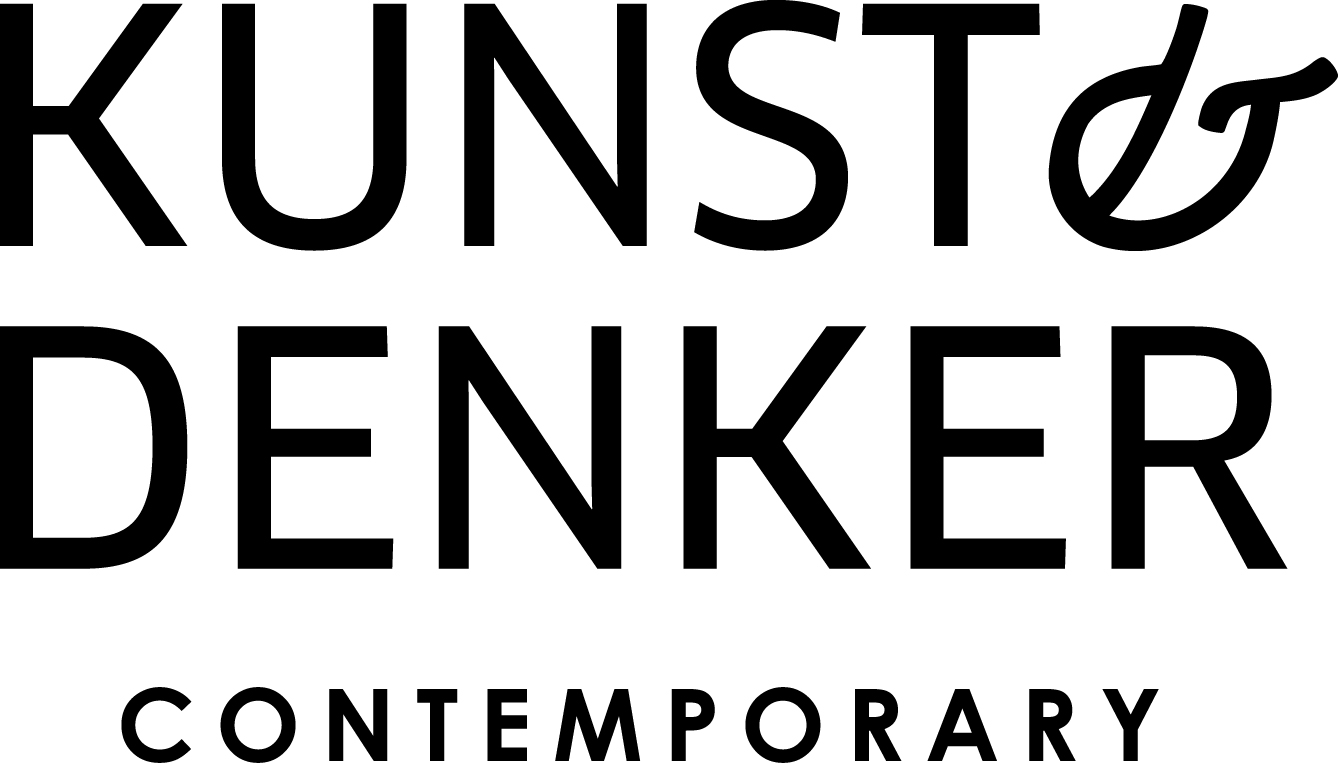FELICITAS ROHDEN
(English below)
Die deutsch/ belgische Künstlerin Felicitas Rohden beschäftigt sich mit dem Verhältnis der Dinge im Raum zueinander und der Möglichkeit deren Wahrnehmung auszuloten. Dabei taucht sie ein in die Schnittstelle von physikalisch-mathematischen Modellen und ihrer grafischen Visualisierung.
Die Objekte und Siebdrucke sind häufig klar und steril – ganz im Sinne einer mathematischen Logik – doch haftet ihnen durch die Wahl der Materialien, wie etwa Latex, und ihrer Form etwas seltsam Körperhaftes an. Dabei findet sich die mathematische Grundform der Rasterung als feste Konstante in Rohdens Bildsprache, die es ermöglicht, Volumen und Flächen in Beziehung zum Umraum ausdrücken.
Für die Serie der Siebdrucke „Gender of surface“ fertigte Rohden zunächst reale Modelle an, deren Größe und Ausmaße nicht auszumachen sind, und so die Verhältnisse der Dinge außer Kraft setzt. Abfotografiert und in den Siebdruck übertragen, fragen die Arbeiten durch den Wechsel des digitalen Modells ins reale und wieder zurück ins Materielle inwieweit klassische Sehgewohnheiten durch neue Formen der digitalen Darstellungsweisen sich verändern und ob diese Gültigkeit besitzen.
Der zentralperspektivisch gedachte Raum, der sich mit der Renaissance entwickelt hat, wird somit durch den virtuellen Raum grundlegend in Frage gestellt. Die Grenzziehung zwischen physischen und algorithmisierten Räumen scheint durch die ubiquitäre Digitalität zusehends weder möglich noch sinnig. Perspektive ist nicht länger mathematischer Gegenstand, sondern ein Mittel zur Schaffung neuer Bilder, deren Betrachtung Felicitas Rohden Anlass gegeben hat, die Psychologie der Wahrnehmung zu erkunden.
Felicitas Rohden consequently investigates the relations of bodies and objects towards the surrounding space, plunging into the interface of physical-mathematical models and their visualizaton thru graphics. Her displayed objects and screen prints appear clear and sterile - quite in the sense of mathematical logic – but they are somewhat stubbornly attached to the body by the choice of materials such as latex and their shape. The basic form of the grid is found throughout in Rohden´s works, making it possible to figure volumes and surfaces in relation to the surrounding space. For the series of screen prints "Gender of surface", in 2017, Rohden initially produced real models. Being unable to guess size extent of the models, one can only assume the correlations between object and space. After the photo is taken and then screen printed, thus the image being altered from the analog to the digital and back again the works assume a change of how visual habits change by new forms of digital representation and whether these habits are even still valid. The imagined space that is prescribed by the central perspective, which has been developed during the Renaissance, is thus fundamentally questioned by virtual restructuring. By the means of ubiquitous digitality the boundarries between physical and algorithmized spaces appear to be neither possible nor meaningful. Perspective is no longer a mathematical object, but a tool for creating new images, that explore the psychology of perception.
–

Installation view: KIT - Kunst im Tunnel, Düsseldorf, Felicitas Rohden, Delphin, 2014, lacquered steel tube, copper tube, printed banners, clamps, photo: Thomas Koester


Courtesy: Kunst & Denker Contemporary, Felicitas Rohden, The heavy Hollow, 2016, industrial latex, casted latex, wood, graphite, 230 cm x 90 cm; installation view: TORX project space, Brussels, Belgium; photo: Thomas Koester

Courtesy: Kunst & Denker Contemporary, Felicitas Rohden, The heavy Hollow, 2016, industrial latex, casted latex, wood, graphite, 230 cm x 90 cm; installation view: TORX project space, Brussels, Belgium; photo: Thomas Koester

Courtesy: Kunst & Denker Contemporary, Felicitas Rohden, Scutum, 2010, plaster, wood, composition gold covered with luster varnish, 50 x 40 cm; installation view: KIT-Kunst im Tunnel, Duesseldorf, Germany, photo: Anne Pöhlmann

Courtesy: Kunst & Denker Contemporary, Felicitas Rohden, Habitat Shield (I,III,IV), 2018, acrystal, lacquer, wood, 93 x 71 cm, 160 x 120 cm; Solo Exhibition, ALTERED ANGLES - MARS MISSION, Felicitas Rohden, Kunst & Denker Contemporary; photo: Franz Schuier

